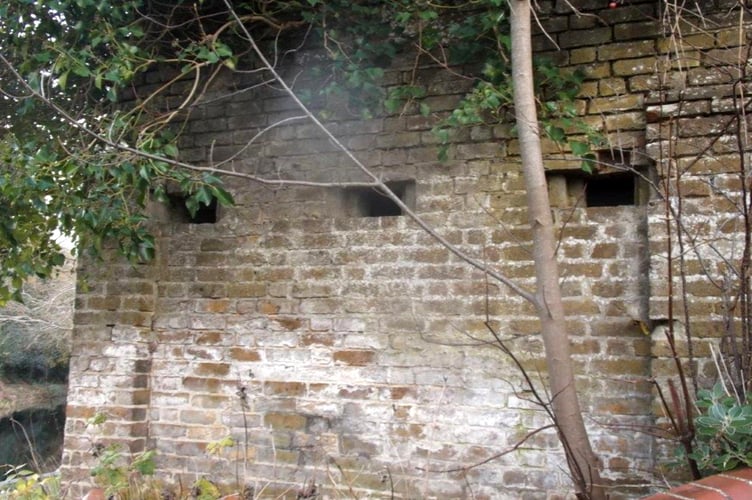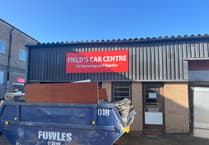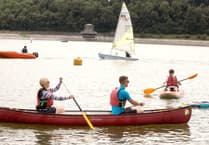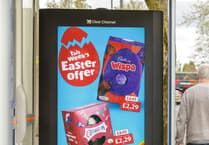STILL standing in fields and woods, and beside roads and canals, are wartime defences known as pillboxes.
Following the evacuation of the British Expeditionary Force from Dunkirk in May 1940 and the fall of France to the Germans, Britain feared an invasion by Hitler’s armed forces.
In June 1940, a series of defences began to appear along a 300-mile line from Somerset to Kent and from the Thames Estuary to the Wash.
They consisted of concrete and brick pillboxes, deep ditches, tank traps, roadblocks and rifle pits.
It was called the GHQ Stopline and came about after the Commander in Chief of the Home Forces, General Sir Edmund Ironside, ordered a survey of the English countryside for a detailed plan of defence lines.
Constructed rapidly on what was a shoestring budget, the aim of the GHQ Stopline was, in the event of an invasion, to slow down the first wave of enemy motorised columns while giving precious time for reserve troops to arrive.

Around 28,000 pillboxes were erected along the GHQ Stopline. There were approximately 20 designs.
If Germany had invaded, the pillboxes would have been manned by troops with rifles and, in some cases, Bren machine guns. Construction continued until the summer of 1941.
Around 6,000 pillboxes remain – and some of them are in the Woking area.
The Royal Engineers, with help from local building contractors, constructed the pillboxes and the other defence features. Pillboxes were camouflaged. Some were covered with cut branches from nearby trees, and some were painted green and black.
A London firm made sheets out of rags and plaster that were fixed to wooden frames. These were then painted to look like corrugated iron.
Others were disguised to resemble buildings. And one at the foot of Newlands Corner, on the A25 near Guildford, was disguised as a motor garage and sported fake petrol pumps.
The Basingstoke Canal is a good place to find some pillboxes, although an eight-sided one at Brookwood crossroads was demolished in 1987 to allow the lock gates to be opened unimpeded. However, one beside the canal towpath on the boundary of Brookwood and Pirbright remains. It is made of pre-cast concrete, and there is a nearby information board that gives more details.
There is a pillbox beside the canal at St John’s. It is adjacent to the Kiln Bridge. Another can be found beside the short road tunnel on Blackhorse Road, near Brookwood. It is embedded into the railway embankment on the south side, and very overgrown.
Peeps researcher Mark Coxhead, who has supplied the photos reproduced here, says there are the remains of a pillbox near Fairoaks Airport, Chobham. However, the site is fenced off and inaccessible.
If Hitler’s troops had invaded and advanced towards London from the south, the GHQ Stopline would probably have been the last major line of defence en route to the capital.
If you have memories or old pictures relating to the Woking area and its people which you would like to contribute to this page, call David Rose on 01483 838960, or write to the News & Mail.





Comments
This article has no comments yet. Be the first to leave a comment.